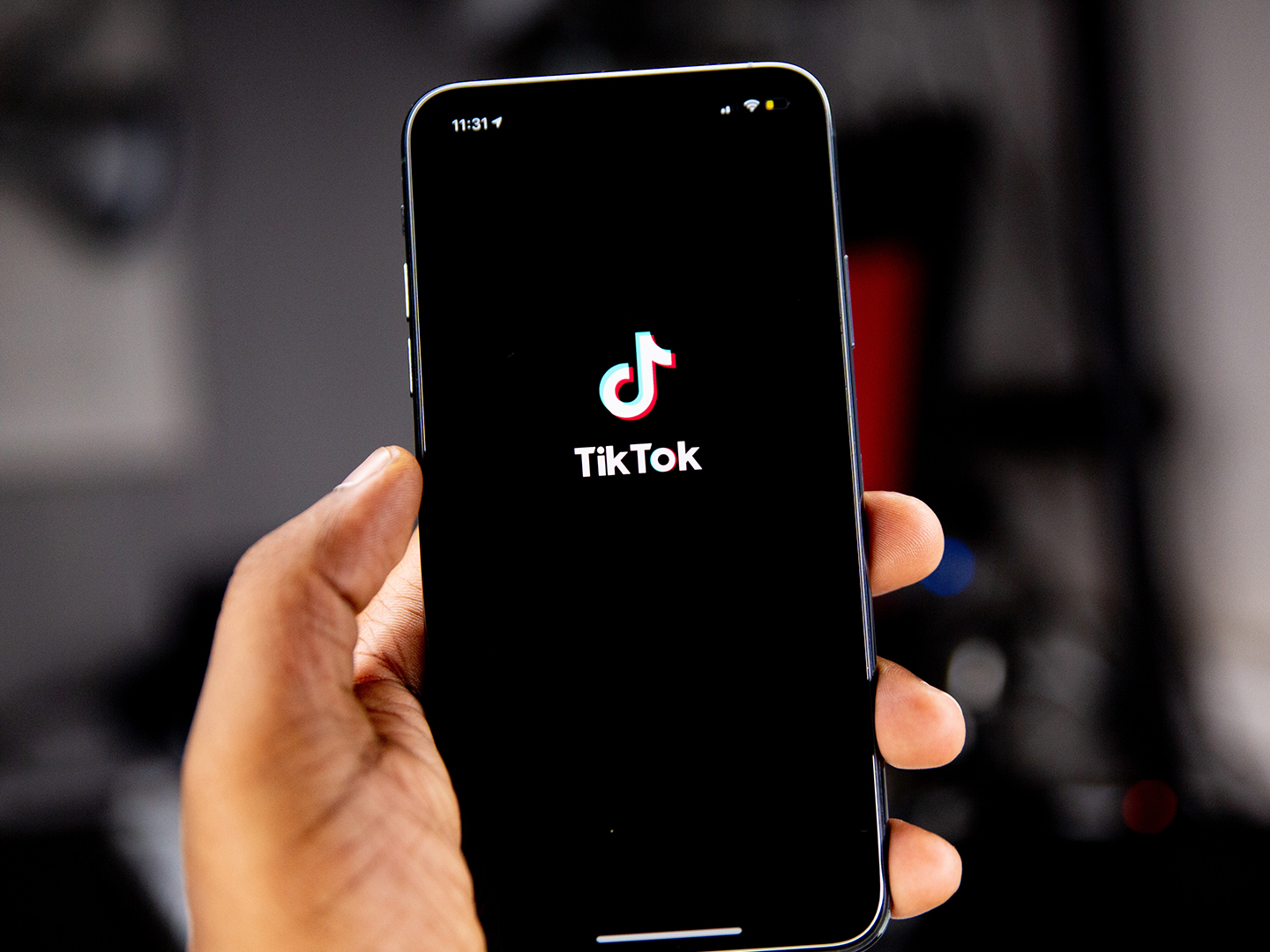Meet the expectations of a fast-paced digital world – without losing touch with your brand’s unique identity
ARTICLE
BY Susan Seto
Technology has shifted consumers’ expectations dramatically. From the ease of online comparison shopping to seamless transactions to a proliferation of direct-to-consumer brands, technological change and expanded consumer choice have increased the pressure on brands.
As consumers’ lifestyles have evolved alongside new technology, the way they interact with organizations, products and even the people closest to them has changed dramatically. Brands need to adapt to these evolving habits and influences. The How and Where of people’s engagement with products and services have changed: nobody used to “read a book” while driving to work or see a photo of a celebrity wearing a chic jacket and buy the same garment within minutes. The When of customer engagement might be the biggest change of all: people want things immediately.
The most adept tech and logistics giants – Amazon chief among them – have led customers to see same-day or next-day delivery as standard, not a special “rush job.” Apps like Tinder and TikTok have also contributed to a culture of fast-paced browsing and no-looking-back choices. The acceleration has touched so many aspects of our lives that there’s no going back to a time when consumers would think nothing of waiting weeks for the delivery of a household item.
A large and growing share of consumers like the way things are headed: 53% of Canadians (and 58% of Americans) like to have things they want at their fingertips. About four in ten are strongly in favour of this hyper-speed immediacy (38% Canadians and 40% Americans). Given these trends, there is a real risk for organizations that fail to satisfy consumers’ demands for fast access to what they’re looking for.

Not so fast
On the other hand, not everyone is a tech enthusiast eager to make big purchases with the swipe of a thumb. Even as more consumers get used to the speed and convenience of shopping with digital giants, many continue to seek more personally meaningful experiences – not just fast transactions. Ultimately, brands must stay focused on how they can emphasize their strengths when engaging with customers, whether digitally or in person. About half of Canadians (54%) and Americans (51%) see digital connectedness as a distraction from the things that really matter in life.
With these consumers, ensuring that your brand retains a personal touch will help you connect on a deeper level and cut through the competitive noise.
Find another gear?
Brands like Allbirds connect with their audience on sustainability-focused values. Typically, the athletic shoe industry is one of flash, flex and celebs. But Allbirds’ sustainability approach – crystallized in their slogan “made from nature, for nature” – signals a different set of priorities, and has earned significant market share. Every brand touch point, from their website to social media to print, is tailored towards an environmentally friendly purchase, which, for some, outweighs ease and speed of access. Allbirds is savvy online – but its brand promise doesn’t hinge entirely on speed and convenience.
Customers’ experiences of restaurants during COVID-19 further underscored the fact that app-enabled ease isn’t everything. Many people enjoyed access to meals from their favourite spots during the pandemic – in some cases enjoying offerings from restaurants that didn’t offer takeout before. But few would say those takeout packages gave them everything they used to love about local restaurants. No matter how seamless the online ordering experience, it can’t replace catching up on local news with the owner of a casual takeout spot or chatting with a knowledgeable server about a wine pairing.
Know your audience
Many factors shape consumers’ expectations of brands. In our analysis of Canadians’ demographics and values, we find that age is one important factor – but far from the whole story. Yes, members of GenZ, as digital natives, are generally more fluent with technology and more likely to assume that everything should be available online immediately. These young Canadians are overrepresented in segments that are the most digitally inclined, such as the Leading-Edge Navigators and the Hyper-Virtual Introverts. Their expectations are high and brands that want to impress them will have to have flawless systems, online and beyond.
But not everyone outside that youthful group is a Luddite. Groups such as the Concerned Expressives and Engaged Confidents are at ease with technology – but they’re also thoughtful about the impacts of digital devices in their lives. They’re more likely than other Canadians to say they seek personally meaningful ways to access and engage with brands, products, services and other people.

Firms need to consider not just what experiences they’re offering customers but also why they’re offering them: how those experiences reinforce the things that matter most about their brand. Allbirds doesn’t need to compete on speed alone because it bonds with customers on other dimensions. Restaurants had to go digital to survive the pandemic, but that was because COVID-19 “disrupted” their model in a way no tech giant could. In short, no business can altogether ignore the digital economy – but not everyone has to put digital at the centre of what they do, either.
Crafting a digital strategy that supports your success in your competitive landscape rests on developing a strong understanding of the customers who matter most to your business – and what matters most to them when they engage with you. Learn more about the seven segments of Canadians, their values and demographics, and how they see the digital economy.
Find out how our Market Strategy team can help your organization
Related insights



Toronto
366 Adelaide Street West
Suite 101, Toronto, ON
Canada M5V 1R9
416 920 9010
Ottawa
135 Laurier Ave W.
Ottawa, ON
Canada K1P 5J2
613 230 5089
Calgary
421 7th Ave SW
Suite 3000, Calgary, AB
Canada T2P 4K9
403 613 5735
